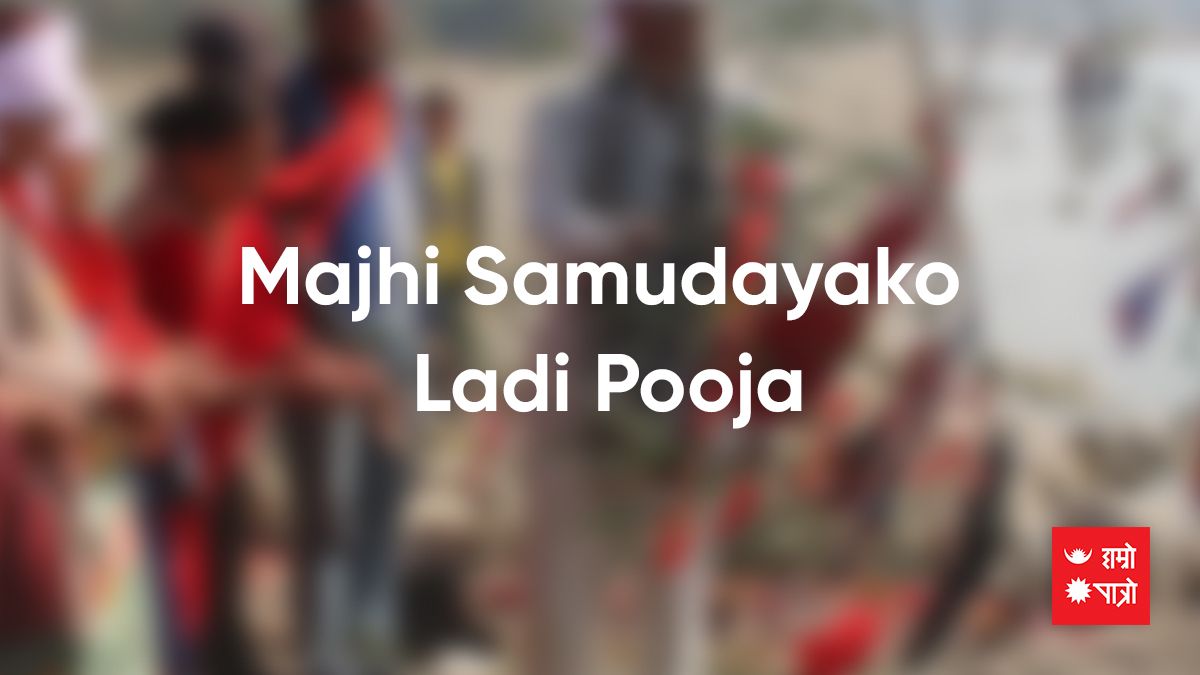
The practice of worshiping water has been traditionally practiced in the Majhi community. Every time before sitting in a boat or entering a reservoir with a fishing net, it is customary in this community to remember the water god. Ladi Puja is considered to be an institutional practice of this tradition and an embodiment of the highest faith.
A traditional Majhi community based on nature
The Majhi community, who are engaged in fishing, agriculture and animal husbandry, have a tradition of performing Ladi Puja at the end of winter to prevent natural calamities. Ladi Puja also comes in connection with Shivratri, after Shivratri is over there is a tradition of Ladi Puja. In some Majhi communities, Ladi Puja is also performed on the day of Shivratri, although generally Ladi Puja is celebrated on the third Tuesday of the month of Falgun. Ladi Puja is considered as the biggest festival of Majhi community.
What is done in Ladi Puja?
The life of the fishermen as a tribal community is connected with river products. Their traditional occupation has been fishing. So, they worship and pray to the river as a god. 33 Koti deities are worshiped on the river bank itself on this day. In this way, during the puja, it is customary to keep all agricultural tools, fishing nets, river-digging tools, etc., and offer sacrifices.
They wish for the safety of themselves and their communities as fishing is the main occupation in the river along with the insecure living on the banks of the river. According to Nepal Majhi Utthan Sangh, this festival was organized collectively with the main objective of the community to revive their culture and customs.
Nature worshippers, Majhi wishes everyone a very happy Ladi Puja. We also wish that the request of the Majhi community to include Ladi Puja in the list of national festivals in the coming years will be realized.
Suyog Dhakal
Liked by: